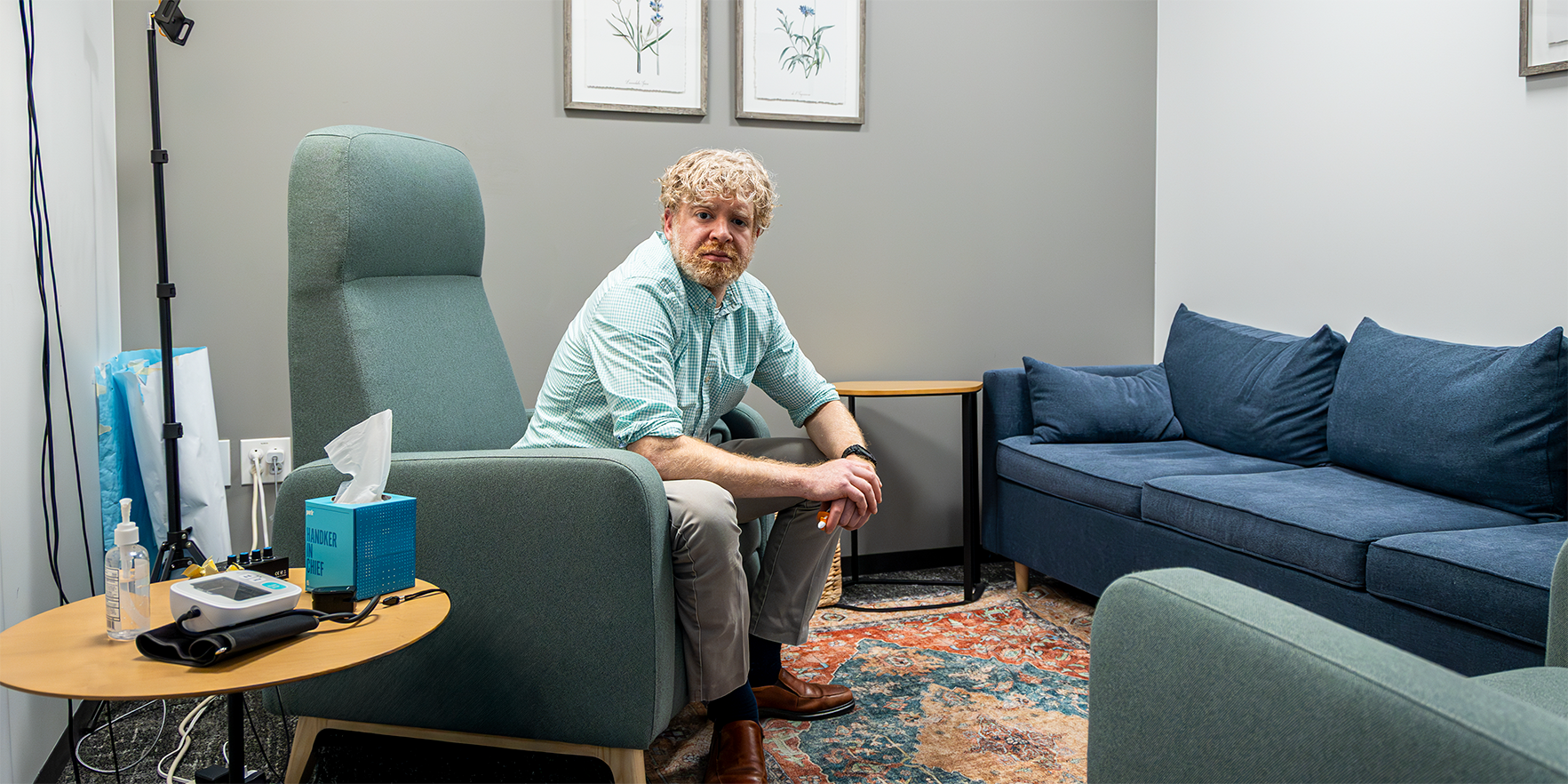Access to firearms and other lethal methods of suicide during periods of risk can make it more likely that a suicide attempt will end in death. Yet many patients with suicidal thoughts or behaviors receive no counseling about this from healthcare providers, and many have questions about options for firearm or medication storage.
To address the issue, clinicians and researchers at the University of Colorado School of Medicine at the Anschutz Medical Campus partnered with Grit Digital Health. The team created Lock to Live, a web resource to help suicidal adults – and family, friends or providers – make decisions about reducing access to firearms, medications, and other potential suicide methods.
Emmy Betz, MD, MPH, associate professor of emergency medicine at the University of Colorado School of Medicine
The self-administered online tool guides a person through detailed questions on storage factors and personal preferences. It then displays storage or disposal options for firearms and medications, including logistical considerations like cost and legal issues.
A pilot trial for Lock to Live was completed at three large emergency departments in Colorado to test the feasibility and acceptability of the tool for adults with suicidal thoughts or behavior. The results were published today in the Journal of Medical Internet Research.
“Efforts in healthcare settings, like providing this tool to change how dangerous items are stored, can make a big difference for people in crisis,” said Emmy Betz, MD, MPH, associate professor of emergency medicine at the University of Colorado School of Medicine and director of the project. “This isn’t about gun control. It’s about helping people take action to keep themselves and their loved ones safe during tough times.”
Over ten months, 49 adult patients were enrolled in the trial, with 33 randomized to the Lock to Live intervention group and 16 to the control group. The results include:
- Interest in the Lock to Live resource was very high among adults with acute suicide risk. Almost all reported they would recommend it to someone in the same situation.
- Participants overwhelmingly found the tool to be useful, informative, and respectful of their values with regard to firearm ownership.
- Seventy three percent wanted a print-out of the storage recommendations.
Additionally, the tool proved to be feasible for use in a clinical setting. There were no issues accessing the content via tablet in the emergency department and it didn’t interrupt the patient experience, taking only six minutes to complete.
“Lock to Live is an exciting new tool. We don’t know yet if it changes behavior or home storage, but other ongoing studies should help answer that question. Its web format has the potential for rapid and widespread dissemination and integration into suicide prevention efforts,” said Deborah Azrael, PhD, Director of Research, Harvard Injury Control Research Center, Harvard School of Public Health and co-investigator on the study.




